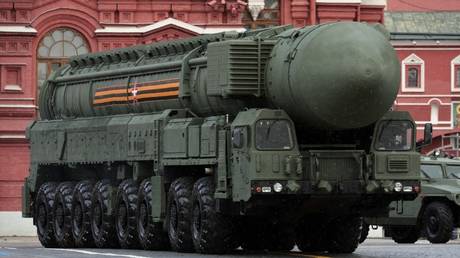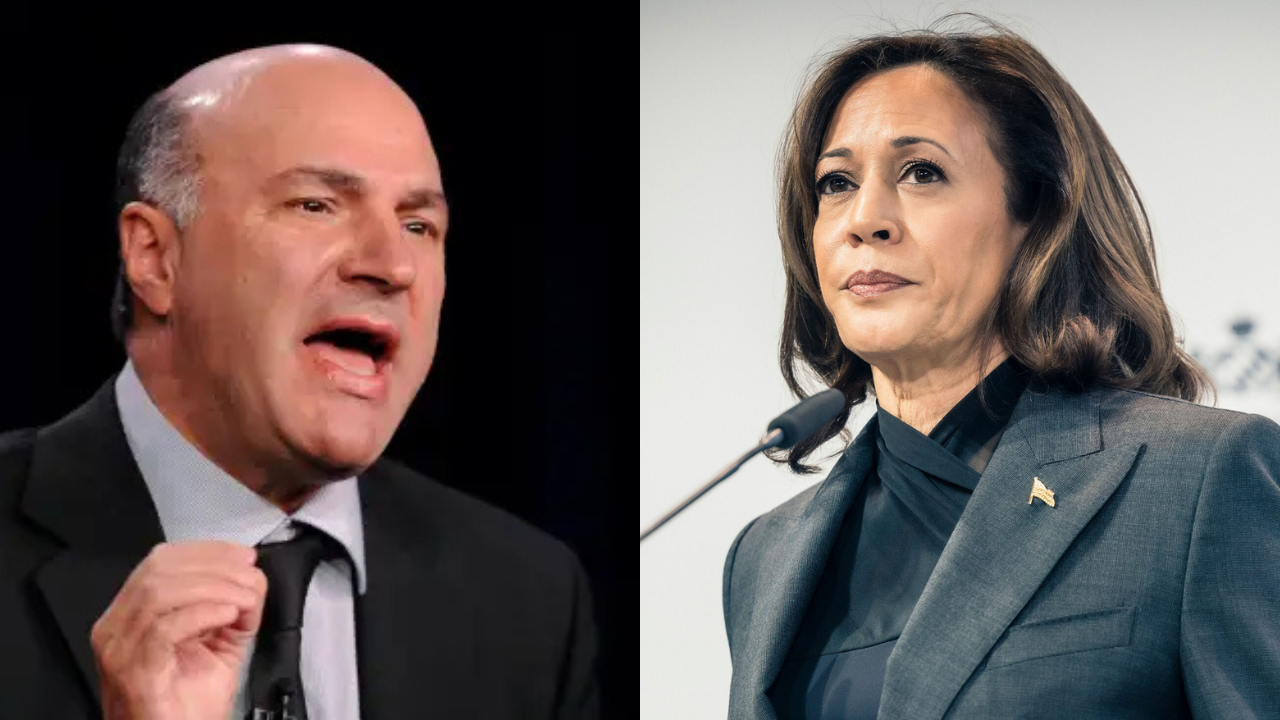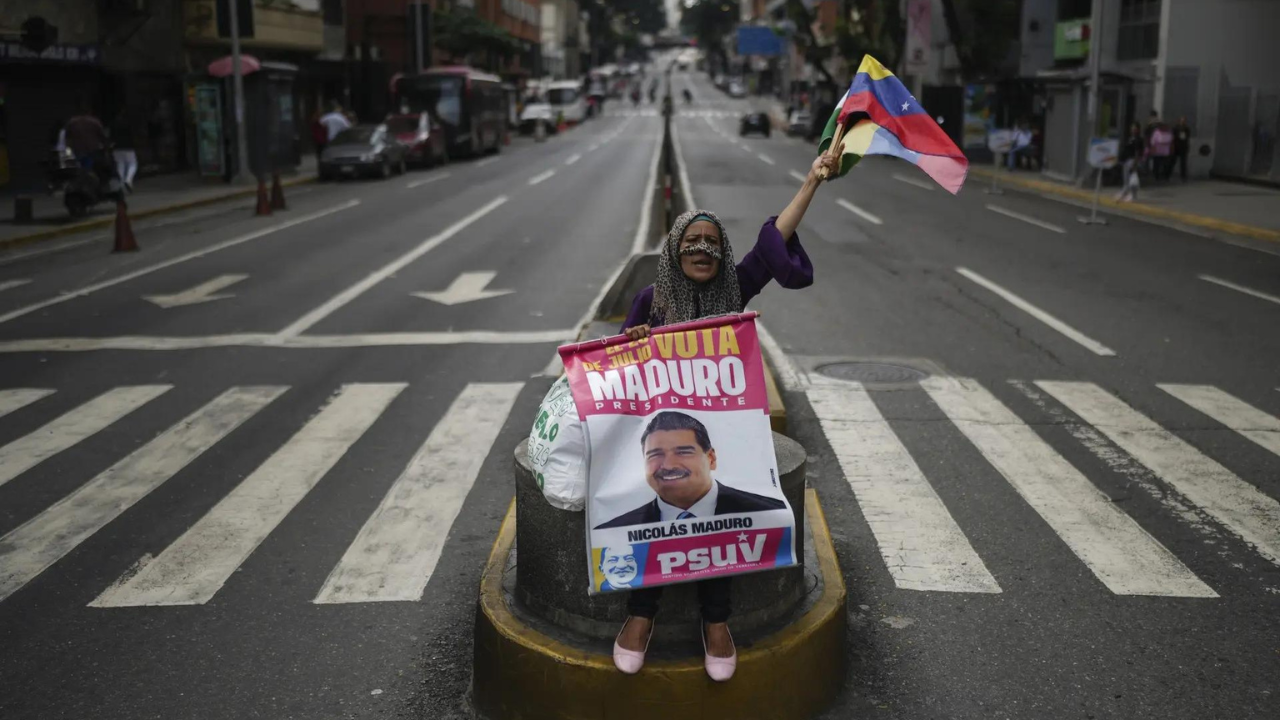ARTICLE AD BOX
NELSON Mandela was a globally hailed hero who fought for freedom and the end of the apartheid struggle.
The Noble Peace Prize winner is one of the most respected statemen in history after spending 26 years in jail leading a peaceful revolution to lay the foundations of a liberated South Africa.
 AFP
AFPWhy was Nelson Mandela in prison?
First as a lawyer, then an activist and ultimately as a guerrilla leader, Mandela moved towards the collision with state power that would change his own and his country’s fate.
The late 1950s and early 1960s were a period of growing tumult in South Africa, as African nationalists allied with the South African Communist Party challenged the apartheid state.
When protest was met with brute force, the African National Congress (ANC) launched an armed struggle with Mandela at its head.
He was arrested and charged with treason in 1956. After a trial lasting five years, Mandela was acquitted.
But by now the ANC had been banned and so Mandela embarked on a secret trip to ask for help from other African nations emerging from colonial rule.
However in 1962 he was arrested and sentenced to five years in jail.
Further charges, of sabotage, led to a life sentence that would see him spend 27 years behind bars.
After the sentencing, there were pro-Mandela demonstrations in Britain as well as a world petition calling for his release, which was handed to the United Nations Secretary General.
MOST READ IN NEWS
When was Mandela released?
It was a day which shook the world – Sunday, February 11, 1990.
 Nelson Mandela gestures as he is accompanied by his wife Winnie, moments after his release from Victor Verster prison in Western CapeReuters
Nelson Mandela gestures as he is accompanied by his wife Winnie, moments after his release from Victor Verster prison in Western CapeReutersMandela was released unconditionally from prison after 27 years.
He walked free with his then-wife Winnie and was driven the 40 miles to Cape Town by African National Congress’ (ANC) Rose Sonto.
Along the route were thousands of supporters.
He then appeared before 50,000 people on the balcony of City Hall and thanked the “millions of my compatriots and those in every corner of the globe who have campaigned tirelessly for my release”.
Mandela was awarded the Nobel Peace Prize in 1993 and won a landslide election in 1994 in South Africa’s first multi-racial vote.
How long did Mandela spend in jail before he was released?
 Nelson Mandela in his later years worked with charities to help poor childrenGetty - Contributor
Nelson Mandela in his later years worked with charities to help poor childrenGetty - ContributorDespite a world movement demanding his freedom, Mandela ended up serving 27 years in prison right up until apartheid ended.
He was sentenced to life on June 12, 1964 and released on February 11, 1990.
Mandela was jailed initially on Robben Island, a former leper colony, for 18 years.
In 1982 he was moved to Pollsmoor Prison outside Cape Town and later served time at the Victor Verster Prison.
In 1980 the long exiled Oliver Tambo introduced a “Free Nelson Mandela” campaign.
British ska band The Specials released single Free Nelson Mandela in 1984 where it reached No9 in the charts.
On June 11, 1988, a concert was held at Wembley featuring George Michael, Bee Gees and Sting marking Mandela’s 70th birthday.
.png)
 7 months ago
2
7 months ago
2








 English (US)
English (US)